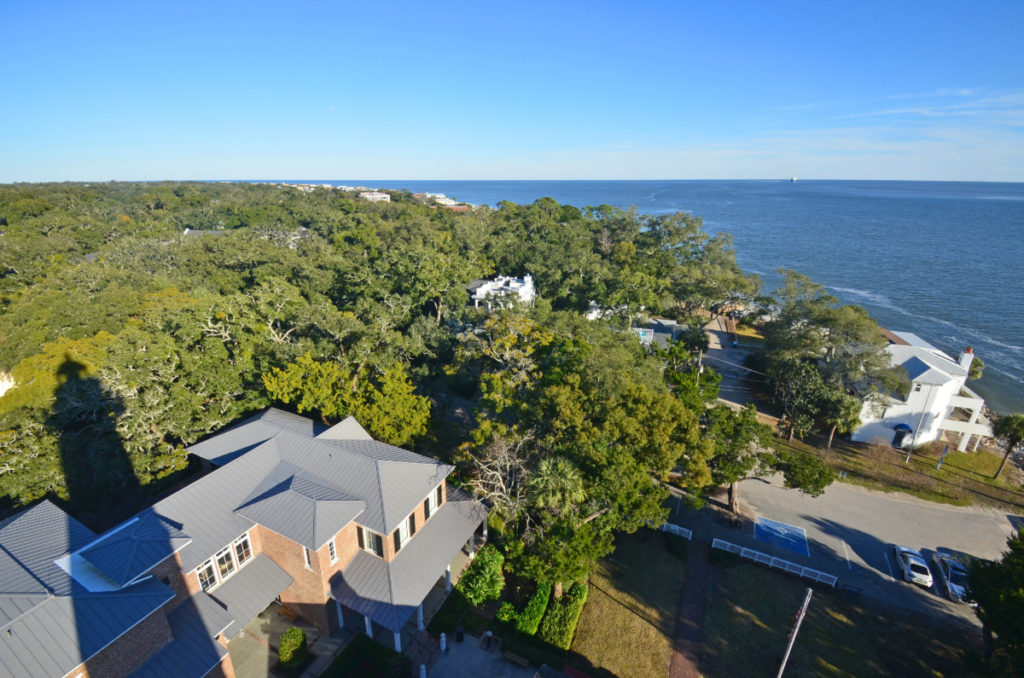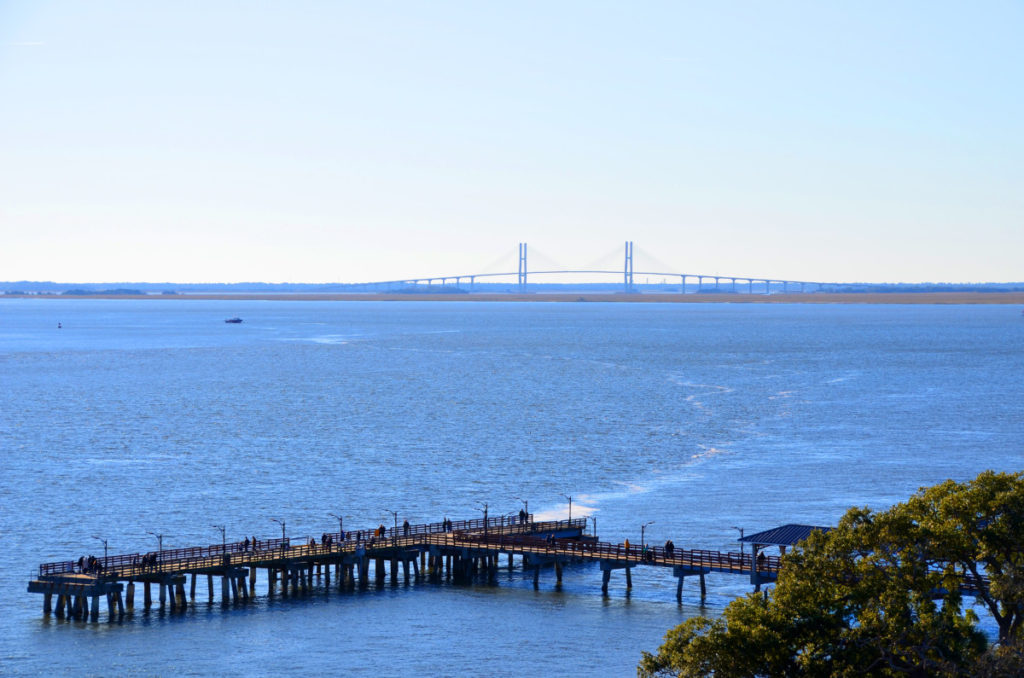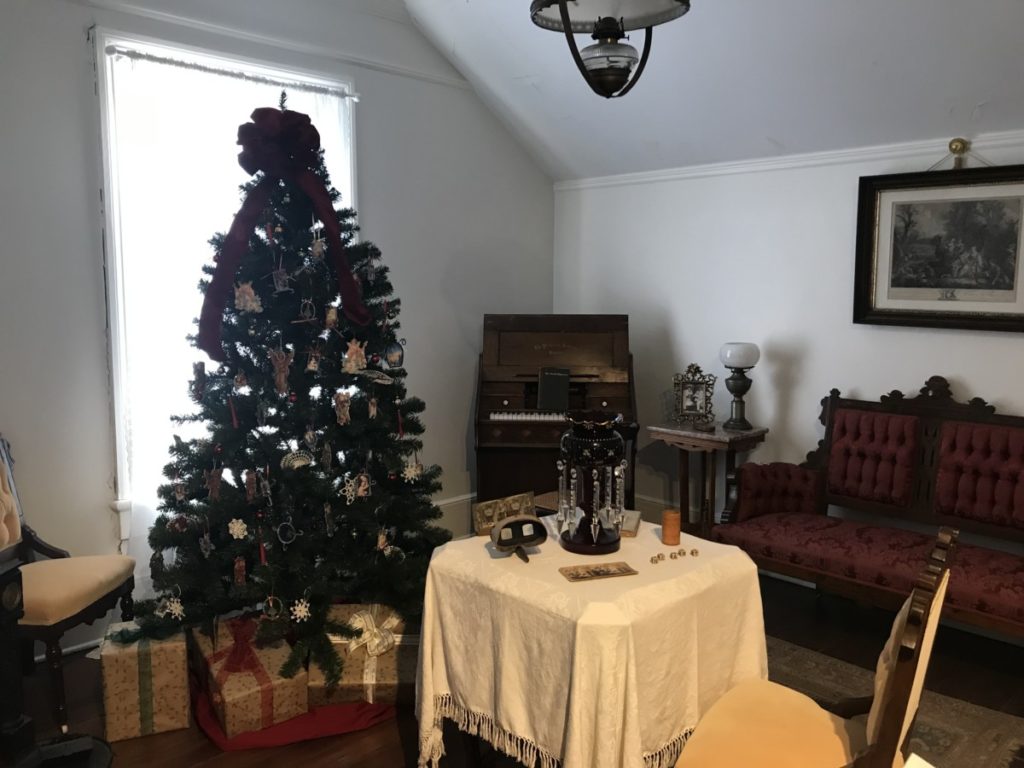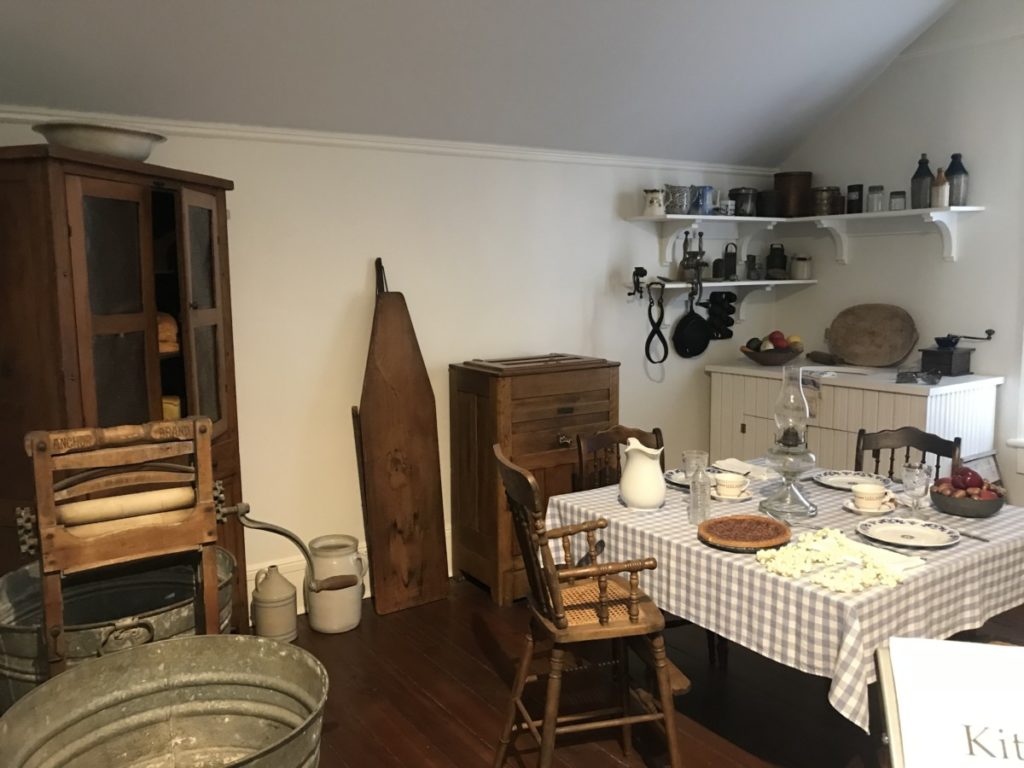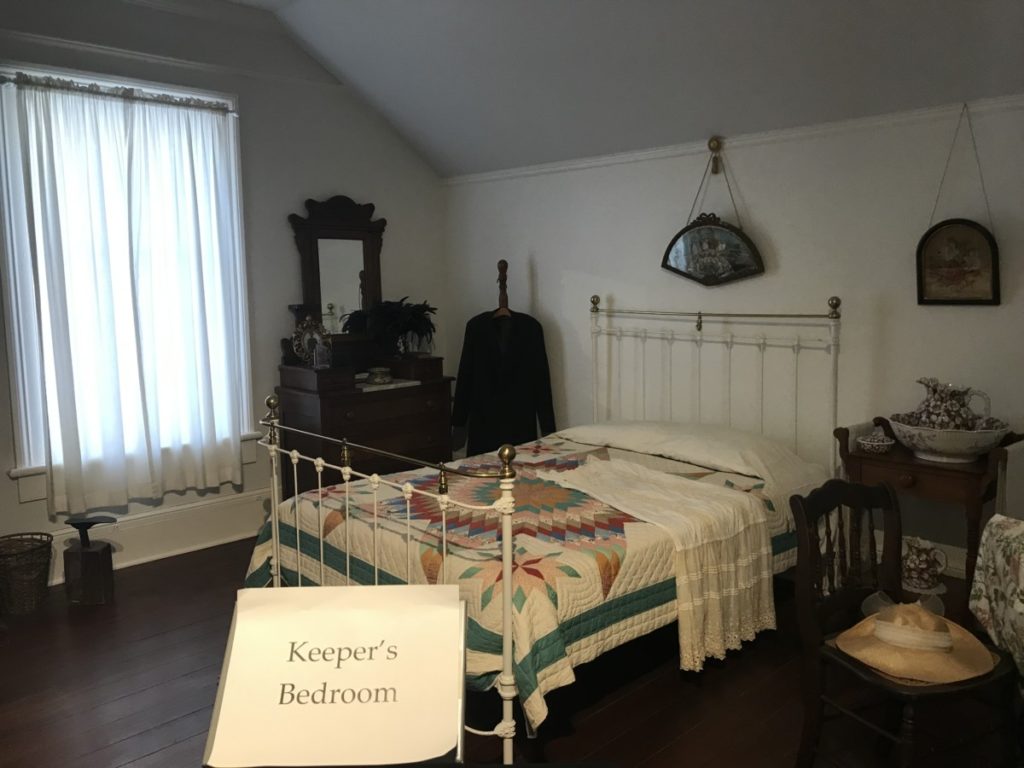Saint Simon’s Island, Georgia is one of our favorite spots for a quick beach getaway. Since the pandemic squashed all our usual holiday plans, we treated ourselves to a post-Christmas beach trip. Staying at a condo on East Beach, we enjoyed the 1/2-mile walk along the beach to the village with its pier and restaurants while discovering many of the island’s non-beach activities.
WWII Home Front Museum
Did you know that German U-boats were active in the Atlantic near the US coast during WWII? And in April 1942, the SS Oklahoma and Esso Baton Rouge were torpedoed just 15 miles off the coast of Saint Simon’s, killing 22 people.
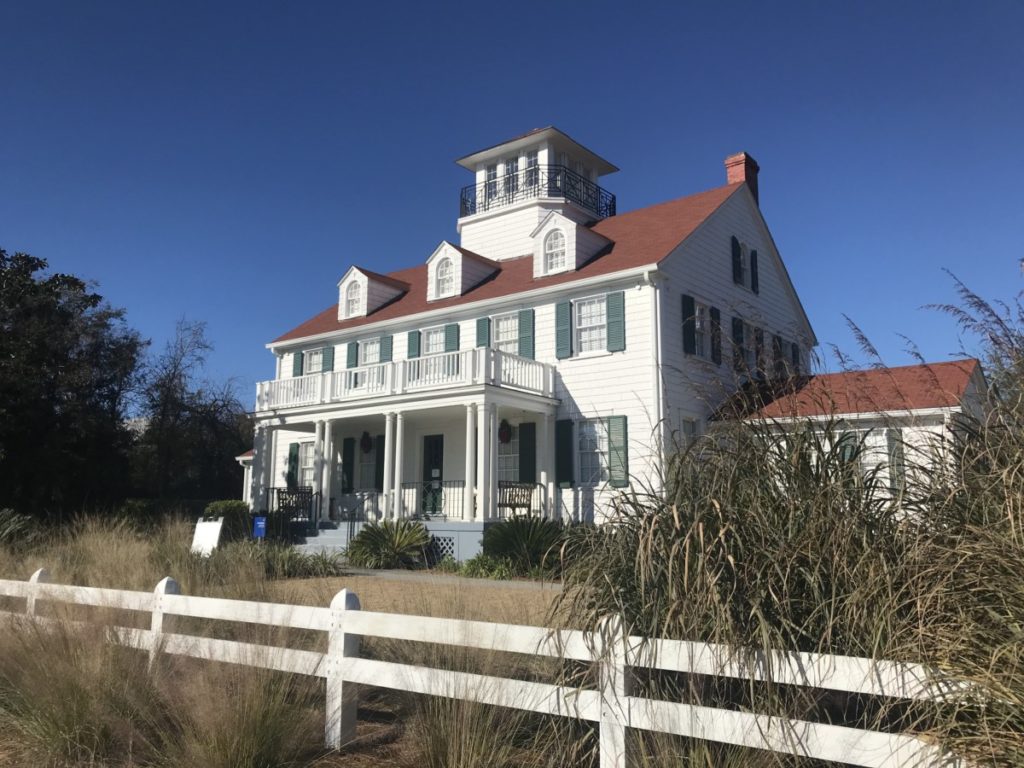
In response, nearby Brunswick became home to the J.A. Jones Shipyard which built 99 Liberty Ships during the war. Construction also began for Naval Air Station Glynco to house blimps, as they were effective for spotting enemy submarines. Today the site serves as the Brunswick-Golden Isles Airport and a federal law enforcement training. center
Housed in the former Coast Guard station on East Beach, the WWII Home Front Museum highlights these activities. After watching a film, we walked through an interactive exhibit of plane spotting. It was difficult to distinguish between friend or foe. Another room was dedicated to the homefront experience with war bonds and the ration point system. Quotes from local citizens regarding their experiences dotted the walls.

In the next building, one area focused on the the US Coast Guard and its mission while the remainder of the buiding showcased the Liberty Ships and their impact on WWII. The Brunswick Shipyard was the only facility that met the goal of building 7 ships in a month. As the production and use of Liberty Ships outpaced the German U-boats in the Atlantic, casualities declined. Click here for operating hours and more information.
Saint Simon’s Lighthouse Museum
No trip to Saint Simon’s is complete without seeing the lighthouse. Located near the village area, the tall cylinder juts up from behind a two-story brick house.
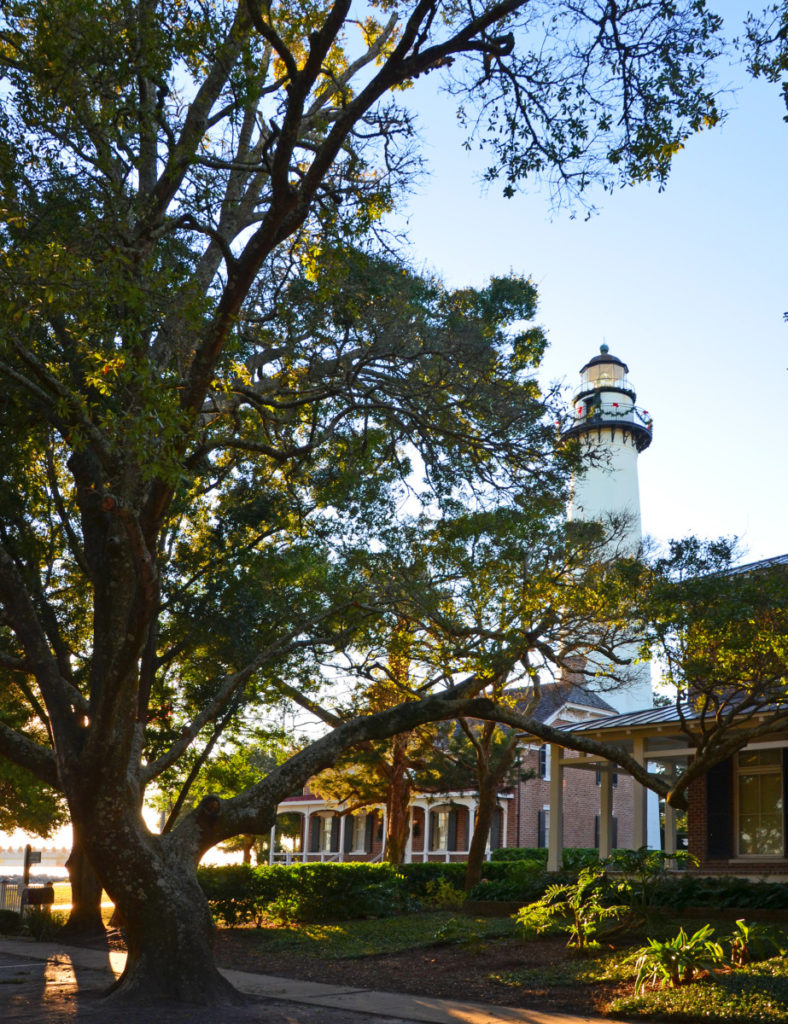
However, as part of the combo ticket with the WWII Homefront Museum, we toured the inside and climbed to the top, A brief film about the lighthouse started in the adjacent A.W. Jones Heritage Center. Photographs on the wall showed the 1924 dedication ceremony of the Torras Causeway. It’s hard to imagine that until that time, people could only access Saint Simon’s Island by ferry.
From here, we walked into the red brick building which served as the lighthouse keeper’s residence. The first floor focused on the lighthouse history, the mechanics of the light and the keeper’s duties, which included carrying 5 gallons of fuel to the top every day.
The guide pointed us to the 129-step spiral staircase in back. At the top, we stepped outside onto the narrow cast iron balcony for a bird’s eye view of the island and the Sidney Lanier Bridge leading to Jekyll Island across the sound. Above us was a closed-off area leading up to the Fresnel Lens.
Back at the lighthouse keeeper’s residence, we toured the second floor which showed what the family’s rooms resembled. The guide mentioned that many times, an assistant and his family lived upstairs while the other family lived downstairs. With only four rooms on each floor, it was close quarters. For more information, see their website here.
Cannon’s Point Preserve
At the northern end of the island lies Cannon’s Point Preserve and the only way to explore the 600-acre area is by hiking or bicycling. Once home to a booming cotton plantation owned by John Couper, the land sat relatively untouched for over a century.
Upon arrival, we had to sign in with the docents at Taylor’s Fish Camp. They gave us a map and reminded us that the preserve closes at 3 pm. If we hadn’t signed out by then, they would come looking for us.
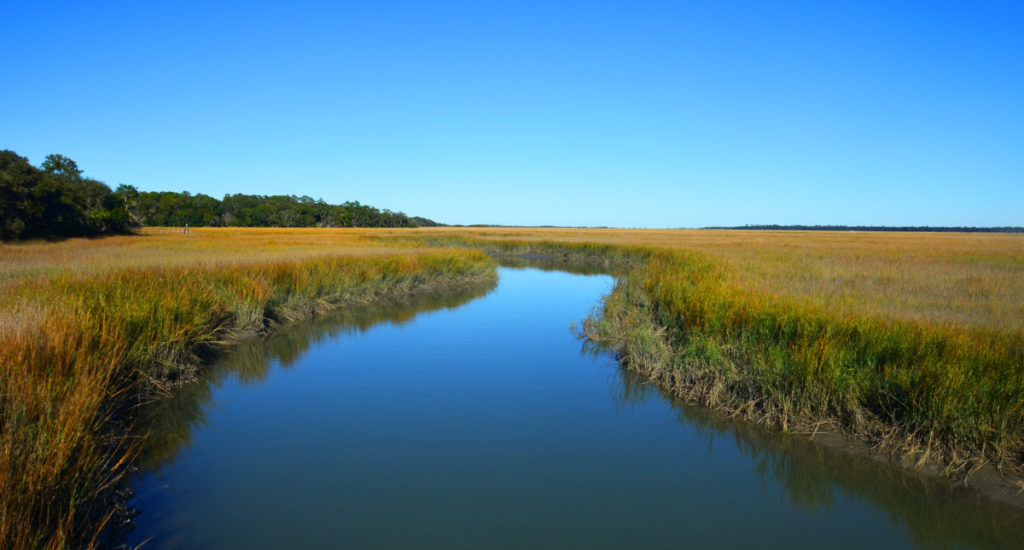
Since we didn’t bring enough bikes, we split up. I hiked the area for about 2 hours while the rest rode bikes to see the ruins of the plantation house. The docent mentioned the land has two parts – the marsh area and the plantation. Taking the boardwalk, I first went to the marsh area before starting the 3.2-mile Hammock Road Loop.
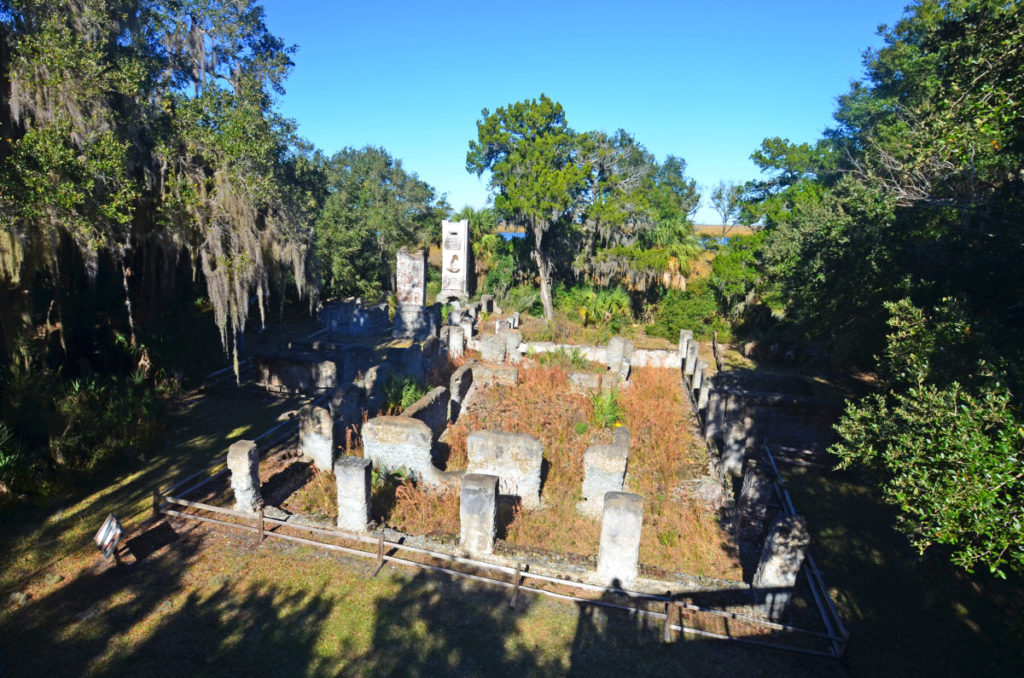
On the way to the front gates of the plantation, I passed the tabby cabin. Once on the main Cannon’s Point Road, I could imagine horses and buggies traveling here. Spanish moss dripped from the oak trees. Signs marked a few different paths. I took one to the slave quarters and another to the overseer’s cabin. Only a fireplace remained.
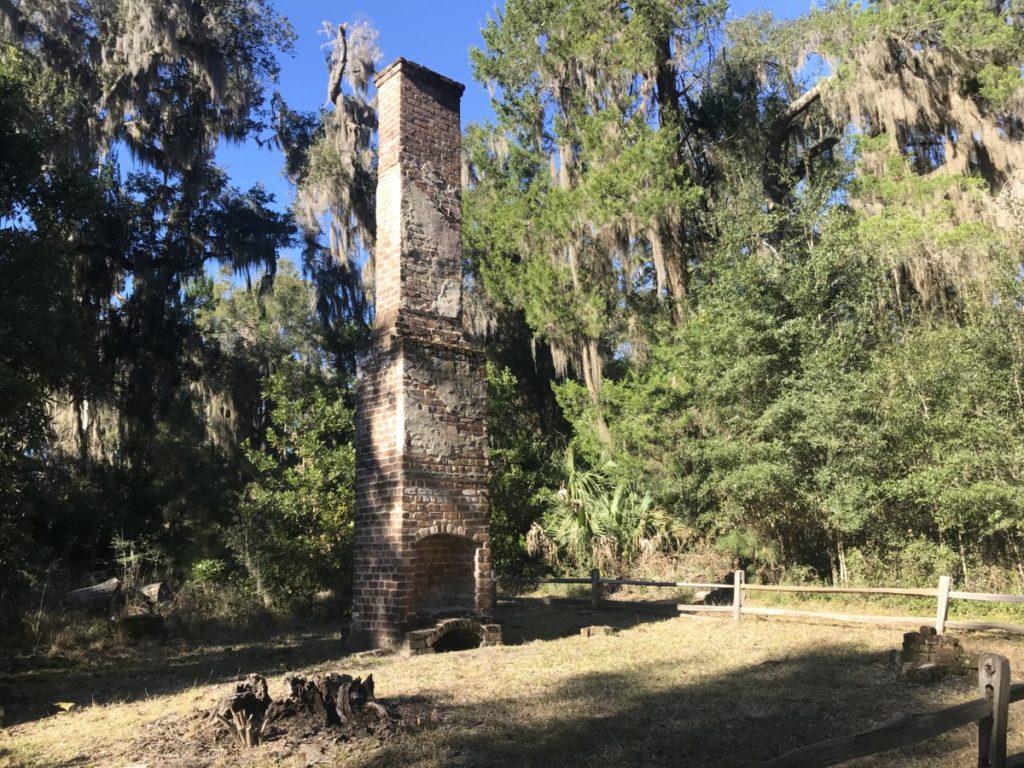
Turning onto Hammock Road, I followed it until the end to reach the walking trail. Since cyclists couldn’t travel here, the path was very narrow, twisting and turning in the dense forest. I only saw a few people and loved every minute of it. About halfway back, I came to the marsh area again.
The property has limited hours only a few days each week. Be sure to check out their website for more information.

